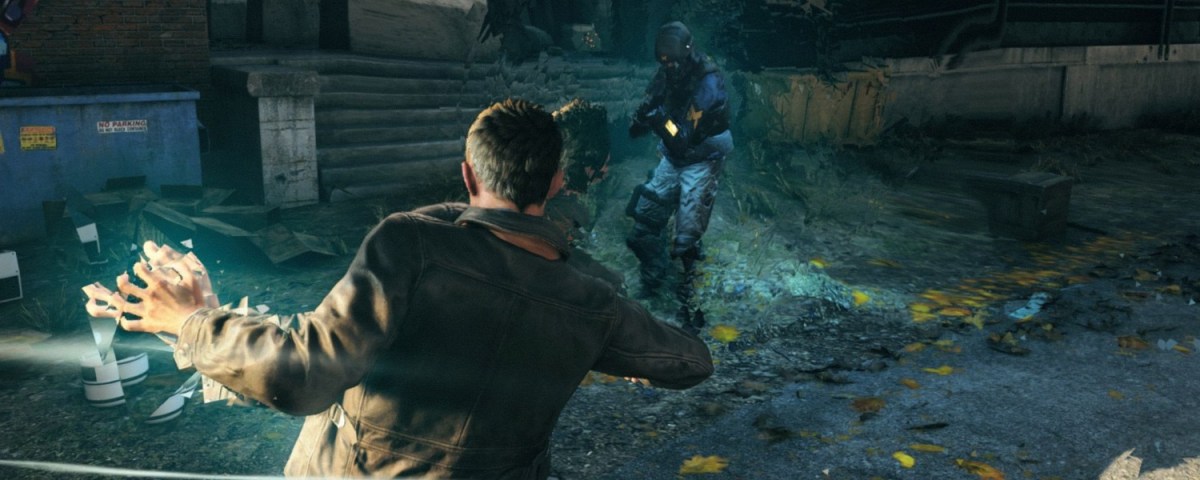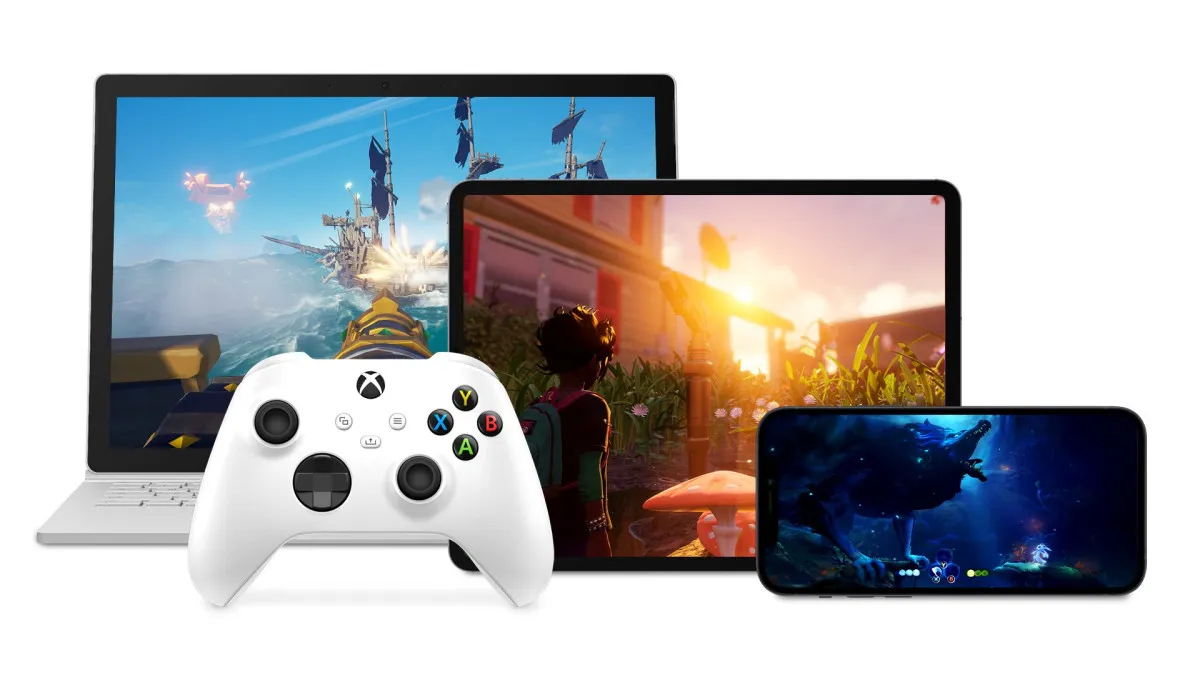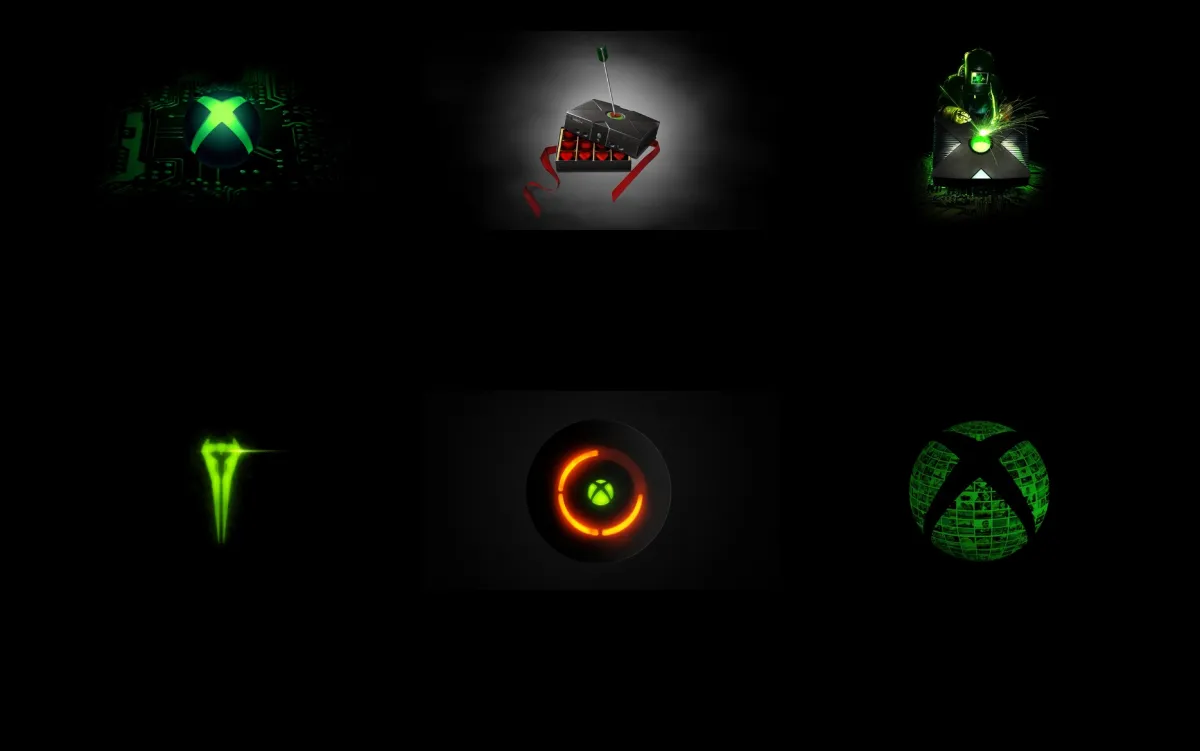Quantum Break is Quantum Broken
Originally announced as an exclusive alongside the Xbox One in 2013, Quantum Break’s PC port came as a surprise when it was revealed only a couple of months ago.
As one of the first major PC releases to be a Windows 10 exclusive, it is probably the first time a lot of people get to see exactly what Microsoft and its Universal Windows Platform can do.
Unfortunately, Quantum Break isn’t a good first impression for UWP. It is a poorly performing shambles that not only feels like a rushed port, but also shows everything that is wrong and worrying with Microsoft’s current push into PC gaming.

Rig: Intel i7-4790k 4GHz 4-core processor, 16GB of RAM (2x Corsair Vengeance 8GB DDR3), GTX 980. Tested with the latest drivers (364.72). Windows 10 Pro 64-bit. Game played at all presets on 1920×1080.
Looking through the options menu, you’d be forgiven for thinking Quantum Break’s PC port was competent. It has full key rebinding, and there are some pretty advanced graphics options available: volumetric lighting, shadow resolutions, ambient occlusion, reflections, all that good stuff. There’s even support for up to 4K resolutions (sort of, but we’ll get to that)!
Except, because this game runs on Microsoft’s controversial Universal Windows Platform, there are a few significant caveats. There are no options to disable vsync, and there is no dedicated fullscreen mode. Instead, you’re either forced into windowed or a borderless windowed fullscreen mode. I’d consider the ability to change these two things basic functionality in a AAA PC port, so being forced into them in Quantum Break is disappointing.
Outside of UWP, I would’ve liked more anti-aliasing options. Quantum Break only includes the ability to turn it on or off, with no in-game functions letting you pick the type of AA best for your system. In other words: the game does the fancy things a good PC port does but at the cost of some of the most basic, bare-minimum settings.

Visually, the PC version suffers majorly due to massive amounts of unnecessary blur. According to Inquisitr, the Xbox One version Quantum Break doesn’t actually natively render the game at anything above 720p, and instead opts for temporal reconstruction. It appears as if the same happens here on PC. While that may be a decent (if controversial) way of handling 1080p and higher on Xbox One, being close to the monitor on PC just leads to the game looking incredibly, uncomfortably blurry.
To top it off, the game also suffers from texture and detail pop-in. I’ve stared at signs up for upwards of 10 seconds before it decided to load something other than a pixelated, blurry mess. It’s disappointing, because the visual design of the game is so good, and it’s being let down by technical problems.

Now the big question is how does it perform? Thanks to the wonder that is UWP, no third-party overlay actually works in Quantum Break, and so none of my standard framerate monitoring tools seem to work. As such, I can’t give accurate FPS numbers, but I can most definitely say this: no matter what graphics preset I tried, it doesn’t run well at all.
On medium and ultra, I would sometimes get moments of relative smoothness. It’s no locked 60 frames per second, but it was playable. Unfortunately, those periods were often interrupted by significant stuttering. Most of the time the stuttering was a standard framerate drop, and in those instances I can make an educated guess that it could drop as low as the low-teens.
But that wasn’t the only type of stuttering I had. Sometimes there were drops that felt more like network lag than anything else. My inputs were still being read, but the game often tried to jerkily catch up with it, often resulting in me wildly over-aiming or the camera going haywire. I disabled my internet to see if it really was a network lag problem, but the problems persisted. The only other thing I could pin this down to is the game being installed on a mechanical hard-drive, like all my other games where this problem doesn’t occur. Either way, a game with two distinct flavours of stutter is not okay.
But what of the low graphical preset? Not only does it pump up that visual blur to personally unplayable levels, it seem as if the stuttering is now constant. Moving the camera is jerky, and character movement feels stuttery, and that’s before the previously mentioned framerate dips and not-lag kick in. Playing on the low presets was somehow an even worse experience that I really, really suggest you avoid.
None of the performance problems seem to be limited to specific areas. I could be running fairly smoothly in large, busy area full of visual effects, and then crawl to a halt in a sparse corridor. On reloading the game, I could then see the exact opposite in the same area. Stutters occurred randomly, with no sensible explanation as to their cause.
However, it’s worth noting at this point that there are notable differences in performance between AMD and Nvidia graphics cards. According to Eurogamer’s Digital Foundry, there can be as much as a 20FPS increase if you’re playing on an AMD card. I don’t have access to an AMD card comparable to my GTX 980, and am unable to confirm this for myself, but it’s definitely something to keep in mind.
Digital Foundry also raises another interesting point that I am unable to confirm for myself due to the lack of framerate monitoring tools: your framerate appears to be locked to five-sixths of your monitor’s refresh rate. The site ran the game on low settings on an Nvidia Titan X and could still only get a maximum of 50FPS. If you were hoping to get 60FPS at any time (as you should with a decent gaming PC in 2016), you’ll be severely disappointed.

The kicker to all of these problems is that there aren’t any possible fixes, because all the game files are locked down tight. Thanks to our old friend UWP, there are no .ini files to tweak, no directories to mod, no nothing. These are problems people like Durante would’ve been able to fix within days, but thanks to Microsoft and the Windows Store, it’s entirely up to Remedy itself.
Quantum Break’s PC port is shameful for multiple reasons. Not only does it perform poorly and suffer from graphical glitches, but it also highlights exactly why Microsoft desperately needs to rethink UWP. No third-party overlays, forced v-sync, forced borderless windowed mode, and a lack of access to files to fix rushed port jobs makes Quantum Break, and any other Windows Store game, something I couldn’t suggest under any circumstances to anybody.
If you’re desperate for it, go buy it on Xbox One. The PC port is a tire fire.

I was really excited to try out Quantum Break. I adored Remedy’s Alan Wake, I’m a sucker for time-control stories, and in his review Brett praised the game for its action sequences and neat storytelling ideas. Everything was adding up to Quantum Break being something I’d be into, but unfortunately, the only feeling I have about it now that I’ve actually played it is boredom.
On a positive note, Remedy managed to prove it still knows how to make fun gunplay, as the shooting feels meaty and satisfying, and a lot of the gunfights take place in really cool environments. One in particular that stands out is a collapsing dock, frozen in time. It’s great to fight in, and visually gorgeous. When Quantum Break has moments like this, the game is actually really good.
It’s also a hell of a lot of fun to freeze someone in a time bubble, unload a whole magazine at their head, and then watch as time speeds up and they get hit by thirty bullets at once.

Unfortunately, that’s where my enjoyment of the game comes to an end. The story feels like something out of a SyFy miniseries – time’s broken, it’s up to Iceman from the X-Men movies to save the day. Every twist and turn of the plot is predictable as all hell, and the clichéd dialogue doesn’t make it any better. While the voice-acting performances are great, if I have to hear someone put an incredibly cheesy emphasis on any words to do with time in their normal speech (“Tiiiiime is of the essence…”) one more time, I am going to scream.
“Linear” is often a criticism unjustly thrown at games, but I think in Quantum Break’s case it’s entirely valid. You’re just being pushed along through various visually similar shipping yards and lab corridors from one set piece to the next, with maybe a painfully obvious time-control puzzle dropped in to break things up every once in a while. Nothing Quantum Break does really sells me on its world, and so opening it up a bit more and letting me explore would’ve been nice.
To sum everything up, I’m really disappointed with Quantum Break. It had all the parts there to make something great, but sloppy writing and frustrating map design turned me off to it entirely.
If you can find the Xbox One version on sale somewhere, it might be worth your time just as a few hours of flashy, visually interesting sci-fi guff. But as a full-priced title, there are definitely better games out there.
[This PC Port Report is based on a retail build of the game provided by the publisher.]




